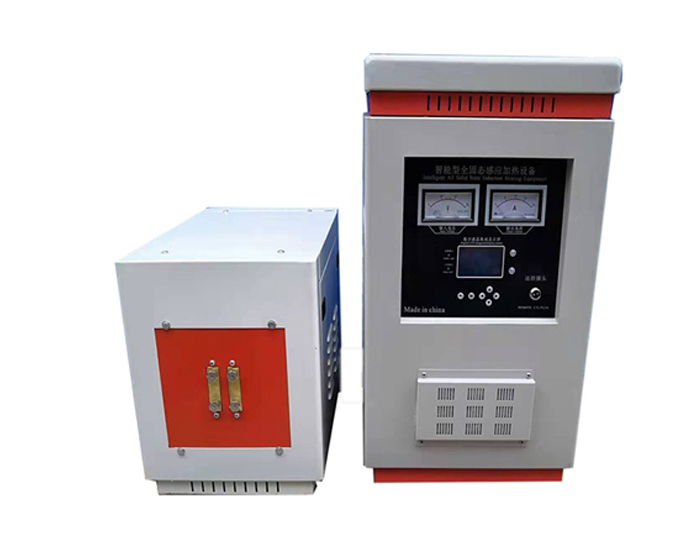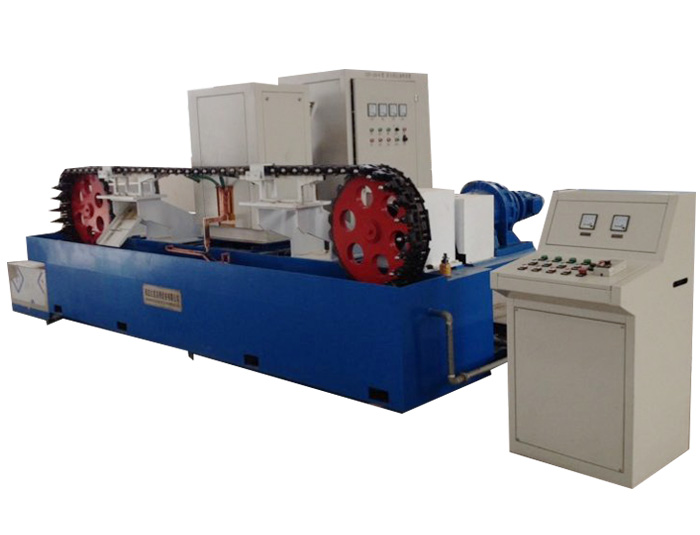While the chemical composition of a metal determines most of its mechanical properties, many metals can be heat treated to change their mechanical properties. There are many different types of heat treatments available today, and one of the most popular methods is annealing.
Annealing is a heat treatment that alters the physical and chemical properties of a material to increase its ductility and reduce its hardness, making it easier to work with. Heat treatments can be used to adjust metals from hard and brittle to softer and more ductile.
As mentioned above, annealing is used to reduce hardness and increase ductility. Changing these mechanical properties by annealing is important for many reasons.
Annealing improves the formability of a material. Hard, brittle materials are difficult to bend or extrude without causing the material to fracture. Annealing helps eliminate this risk.
Annealing also improves machinability. Extremely brittle materials can cause excessive tool wear. Reducing the hardness of the material by annealing reduces the wear of the tools used.
Annealing removes residual stresses. Residual stresses can create cracks and other mechanical complications, and it is often best to eliminate them whenever possible.

Induction heating machine
In order to perform the annealing process, it is necessary to use materials that can be changed by heat treatment. Examples include many types of steel and cast iron. Certain types of aluminum, copper, brass and other materials may also respond to the annealing process.
The annealing process is divided into three main stages.
Recovery Stage
In the recovery stage, a furnace or other type of heating device is used to raise the material to a temperature at which its internal stresses are relieved.
Recrystallization Stage
In the recrystallization stage, the material is heated above its recrystallization temperature, but below its melting temperature. This results in the formation of new grains without pre-existing stresses.
Grain growth stage
During the grain growth process, new grains are fully developed. This growth is controlled by allowing the material to cool at a specified rate. The result of completing these three stages is a material with higher ductility and reduced hardness. Subsequent operations that can further alter the mechanical properties are sometimes performed after the annealing process.

Connecting rod induction annealing equipment
The induction annealer is designed to anneal austenitic stainless steels and copper by induction, with manual or automatic feeding.
Induction bright annealing furnaces are allowed to work in two ways.
Induction spot annealing: This is similar to electric spot annealing, but the process is faster. The machine can be freely programmed to perform multiple points.
Full annealing: In this case, the induction annealing system anneals the entire length of the component, excluding the cold zone.
The main advantages of induction annealing of heated elements include cost savings, since the machine is only turned on when in use and the entire element can be annealed at high speed.
CHAOCHANG is one of the most professional manufacturers specialized in induction heating equipment. Our induction heating equipment has been widely used in machinery, metallurgy, mining, building materials, automobile parts manufacturing, fully meet the needs of steel pipe seam welding, H-beam welding, steel pipe annealing, metal heat treatment, smelting, forging, quenching and tempering,etc. Please send us a message if you have any questions.
Baoding Chaochang Electromechanical Co., Ltd.
Copyright © Baoding Chaochang Electromechanical Co., Ltd. All Rights Reserved | Sitemap
